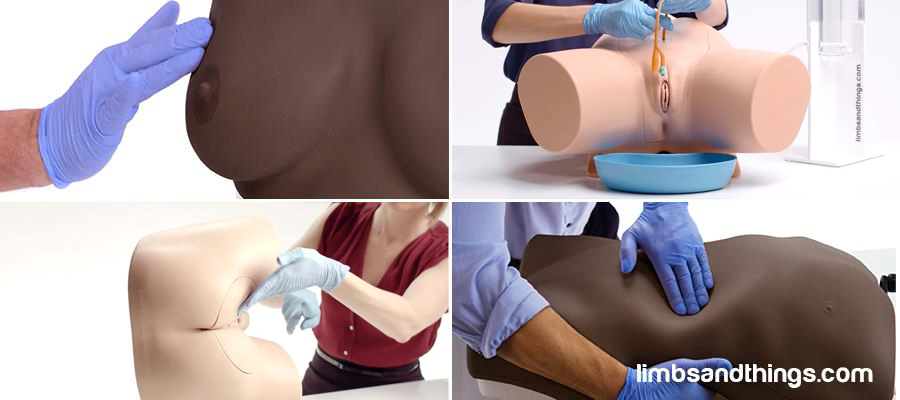News
A Brief Review of 160 Years of Nursing
14 July 2021
The term ‘Nurse’ is now globally recognized as a respected profession, but the practice has been around long before the official designation was given.

From the beginning of time, women who portrayed traits of compassion and nurturing were called upon to care for family members when doctors were not available. From delivering babies to treating the elderly or gravely ill, women have stepped up to provide most of the care needed. It was not until 1860 that nursing was considered more than a family obligation when Florence Nightingale, who had been asked to lead the care provided to wounded soldiers in the Crimean War, wrote her thoughts and published them as “Notes on Nursing”, later recognized as the first nursing manual of any kind.1 In her preface, Florence states that the mastery of “being in charge of the personal health of somebody” so they “have no disease, or can recover from disease, takes a higher place. The knowledge which everyone ought to have–distinct from medical knowledge, which only a profession can have.”1 Florence clearly had a vision of nursing care, separate and distinct, yet no less valuable than medical care. With this mindset, Florence opened the Nightingale Training School for Nurses in “July of 1860, as part of the newly built St Thomas’s Hospital in London. One of the first institutions to teach nursing and midwifery as a formal profession, the training school was dedicated to communicating the philosophy and practice of its founder and patron.”2 Over the next forty years, nursing education would expand to the United States with more than 400 programs located in, and run by hospitals.3 Today, there are thousands of nursing programs around the world with many levels and specialties, with the top ten ranked schools located in the US, the UK, Australia, and Canada.4
While we can see the impressive expansion of training programs over the past 160 years, even more astonishing is the advancement of nursing autonomy and recognition that have been rightly earned by both women and men in the profession today. The changes in technology alone have made nursing easier and equally more difficult. Patients in the hospital are more acutely ill, as much of the less urgent care provided today is on an outpatient basis. These acutely ill patients require more monitoring, more medication, and more skilled care to be able to recover. The nurse is no longer seen as the “doctor’s assistant”, but rather part of a multi-disciplinary team responsible for patient outcomes. Additionally, advanced practice registered nurses (APRN) now take on the role of primary provider, using hands-on as well as telemedicine to communicate with patients and their families.

With the expanding role of nurses around the world, ongoing training is an integral part of the profession today. From delivering babies to performing procedures on patients of all ages, nurses are responsible to ensure their skills are up to date and that they can provide safe and efficient care. Many continuing education courses are now offered to help nurses obtain and maintain needed skills to meet the ever-evolving challenges of patient care. That is where Limbs & Things can help. With ranges of products from basic to advanced, every nurse, from student to advanced practice, can gain the confidence and competence to be their best in every scenario.
To find out more about our extensive Nursing Range, please get in contact with us.
References:
1. Notes on Nursing: What it is, and what it is not
2. British Library Collection Items
3. Global Health: Recent Changes in Nursing Practice and Education
4. QS World University Rankings by Subject: Nursing 2020


